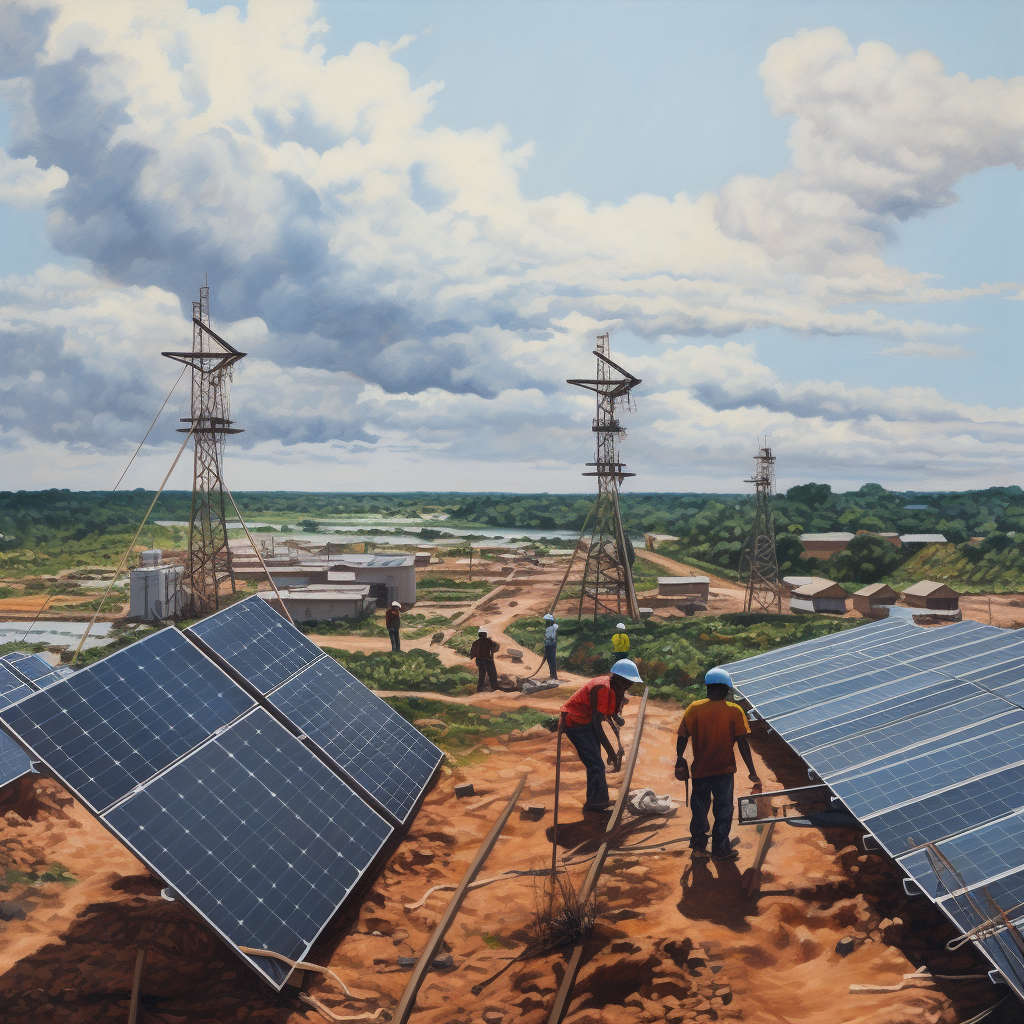
Solar energy, with its myriad of environmental benefits, is quickly becoming a staple in global power production. As solar farms and installations mushroom across landscapes, it’s crucial to address the potential hazards faced by workers on these sites.
In this article, we’ll highlight some common accidents on solar sites and the Personal Protective Equipment (PPE) that can significantly reduce the risks associated with them.
1. Electrical Shocks or Electrocution
Solar panels, inverters, and associated components carry the risk of electric shocks, especially if they are mishandled or malfunction.
PPE to Use:
Insulating gloves: These offer protection from potential electrical discharge when handling wires and connections.
Safety footwear: Electrical-resistant shoes can prevent shocks from grounding through the human body.
2. Eye Injuries from Solar Reflection
The reflective glare from solar panels can be intense, posing a potential risk to workers’ eyes.
PPE to Use:
UV-protective safety goggles: These glasses not only shield the eyes from harmful UV rays but also reduce the glare, making it safer and more comfortable for workers.
3. Trips, Slips, and Falls
With a plethora of cables, tools, and equipment, solar sites can be a hotbed for potential trip hazards. Moreover, the height at which some panels are installed can increase the risk of falls.
PPE to Use:
Safety boots: Equipped with slip-resistant soles, they minimize the risk of slipping.
Safety harnesses: For workers installing panels at elevated heights, these harnesses can prevent dangerous falls.
4. Heat Exhaustion from Direct Sunlight
Working under the relentless sun can expose workers to heat stress and other heat-related illnesses.
PPE to Use:
Wide-brimmed hard hats: These provide shade to the face and neck.
Breathable, long-sleeved UV-resistant clothing: Such attire protects the skin from direct sun exposure while allowing for adequate ventilation.
5. Injuries from Falling Equipment or Tools
As with many construction-oriented sites, there’s always the risk of tools or equipment falling, especially when work is being done at height.
PPE to Use:
Hard hats: A fundamental piece of safety equipment, these can protect workers from head injuries caused by falling objects.
Steel-toed boots: Designed to protect feet from heavy falling objects, these are a must-have on solar sites.
6. Chemical Exposures
Certain solar panels or batteries might contain hazardous chemicals that can pose risks when they are broken, mishandled, or improperly disposed of.
PPE to Use:
Chemical-resistant gloves: These provide a barrier between the skin and potentially harmful substances.
Safety goggles and face shields: These prevent chemical splashes from reaching the face and eyes.
Conclusion:
Safety on solar sites is paramount. While the move to cleaner energy is essential for our planet, ensuring the well-being of those who make it possible is equally crucial. By understanding the risks and equipping workers with the right PPE, we can make solar installations not just eco-friendly, but also worker-friendly.
